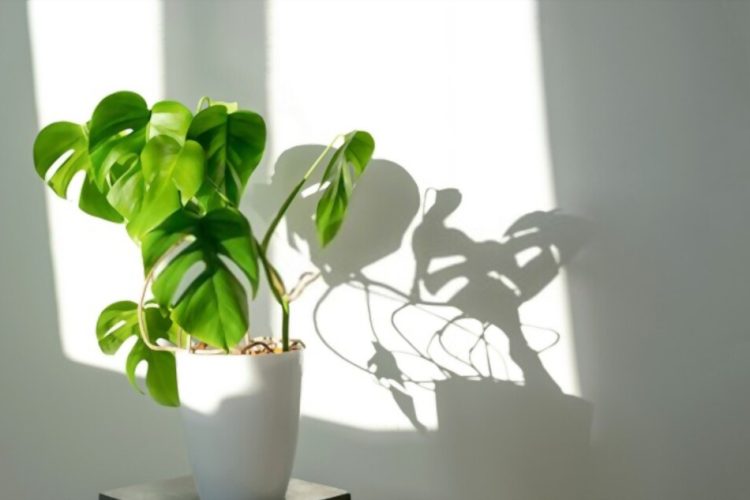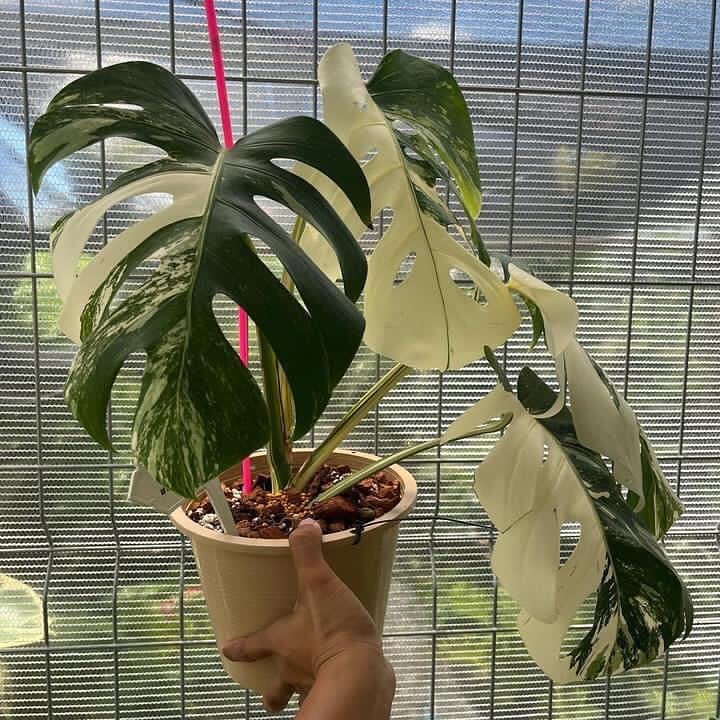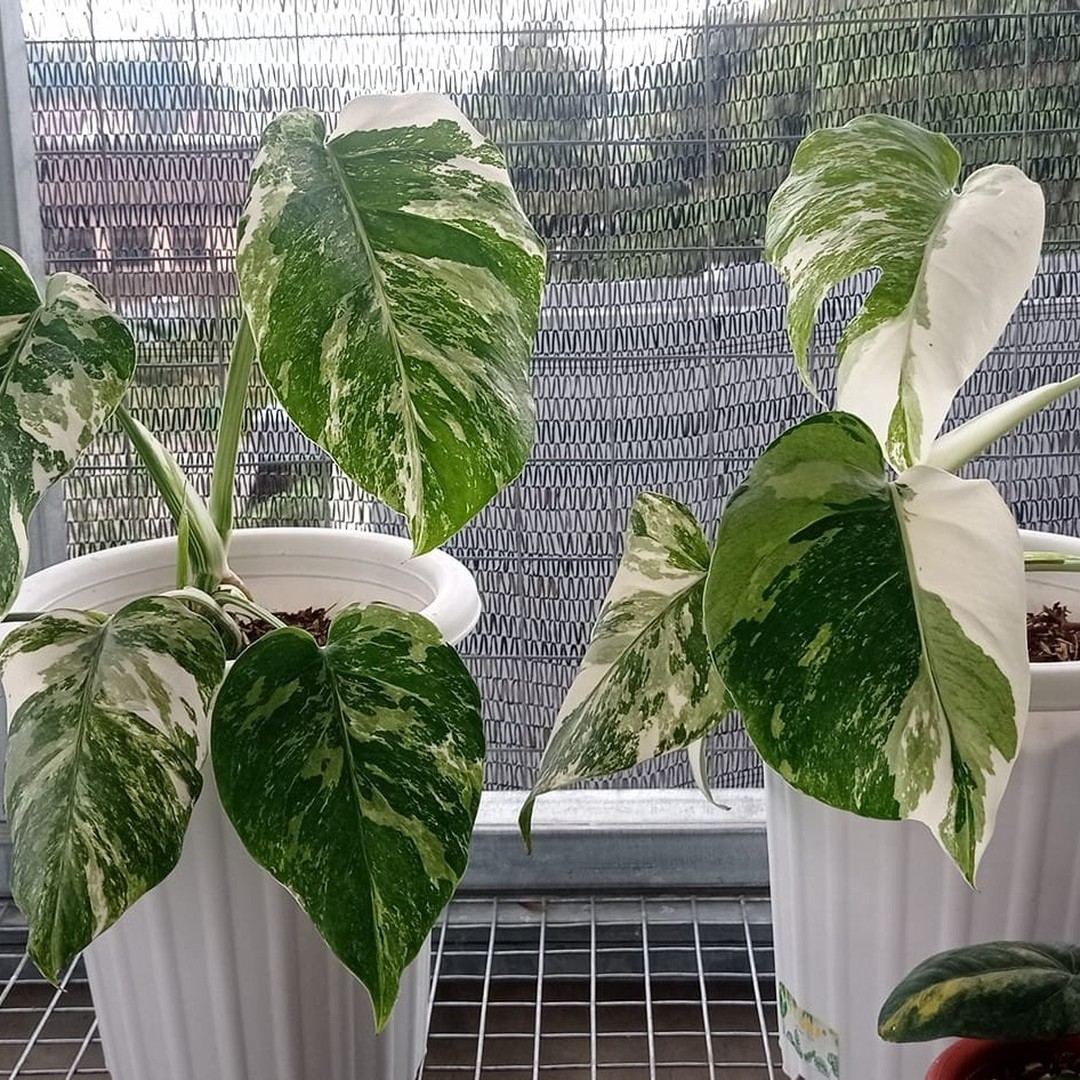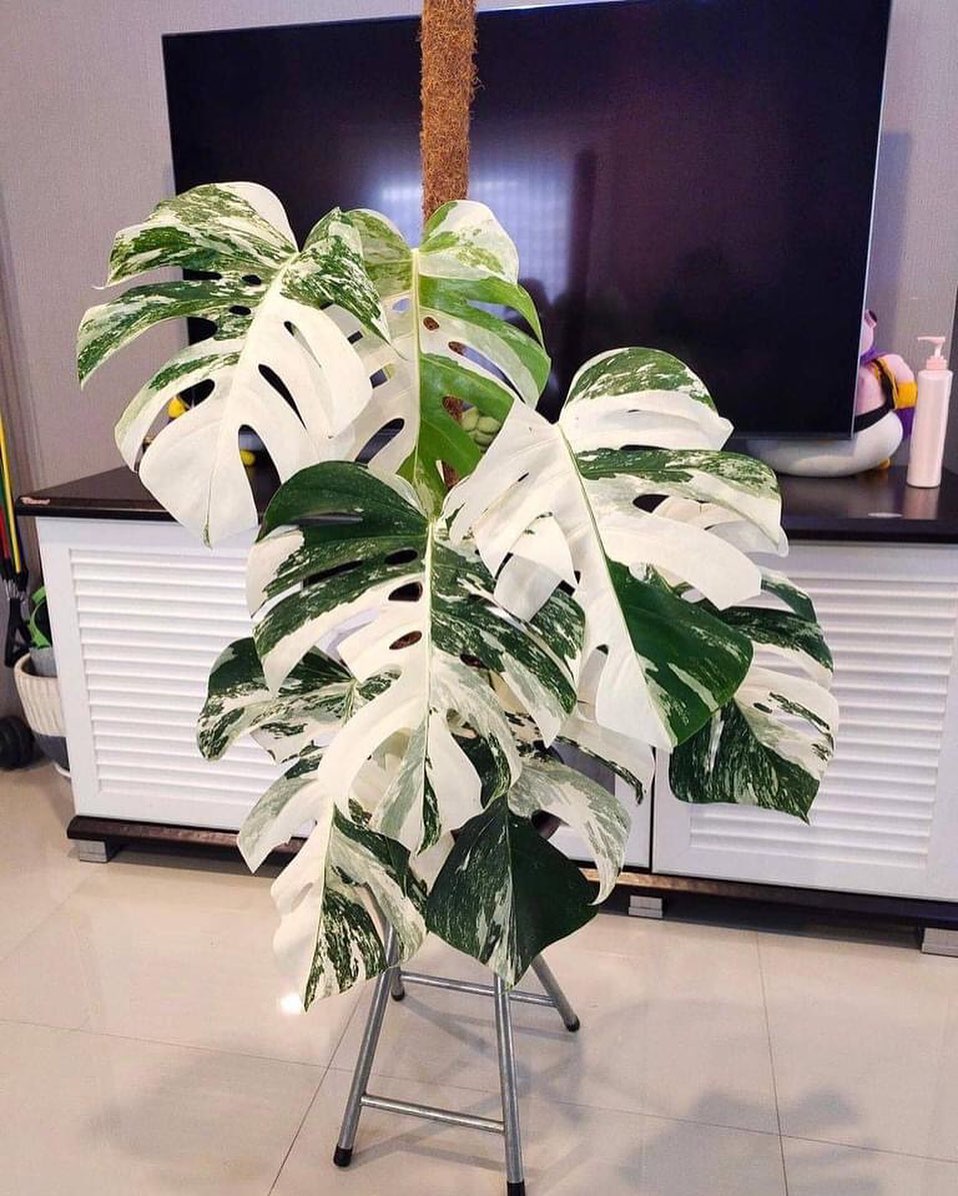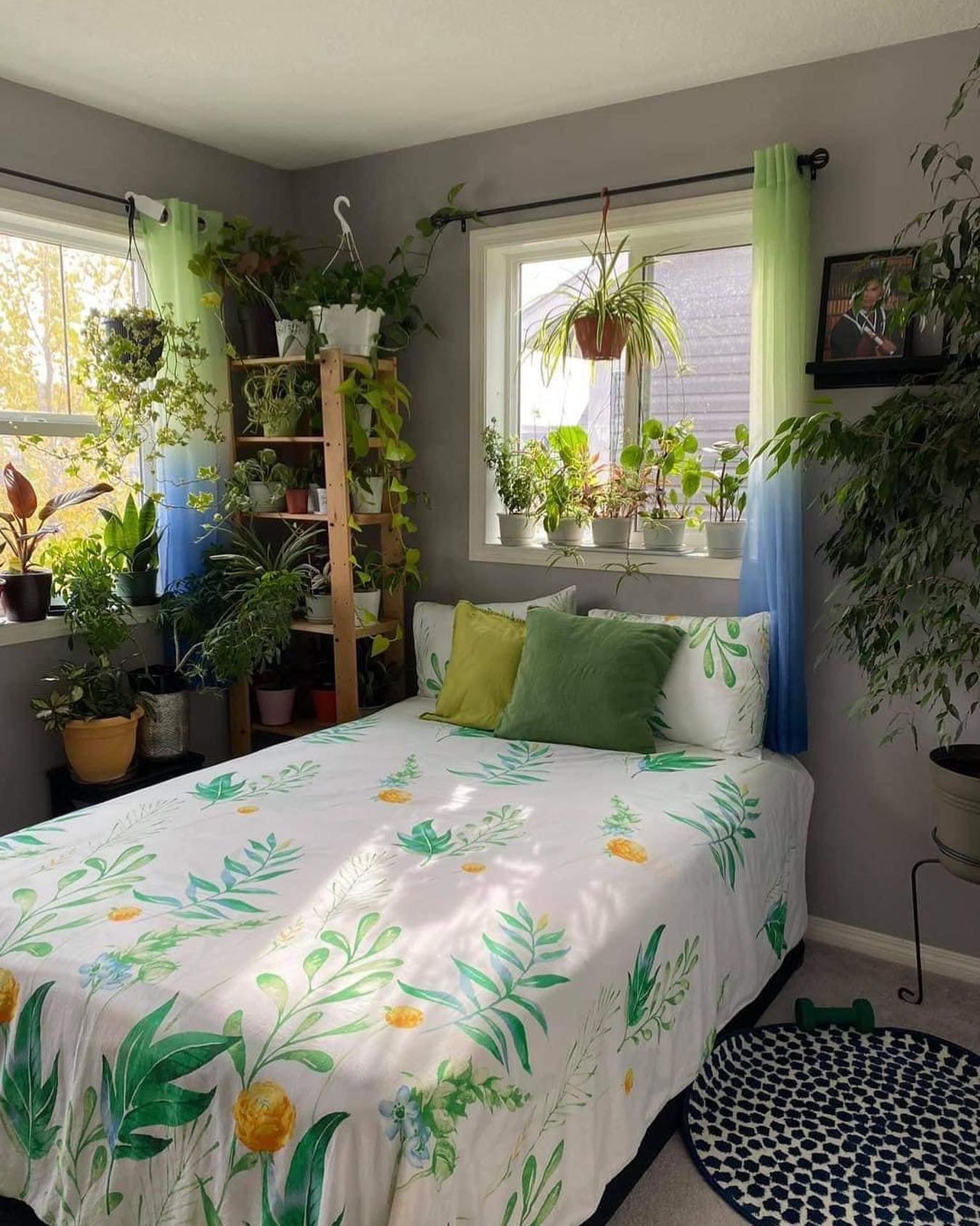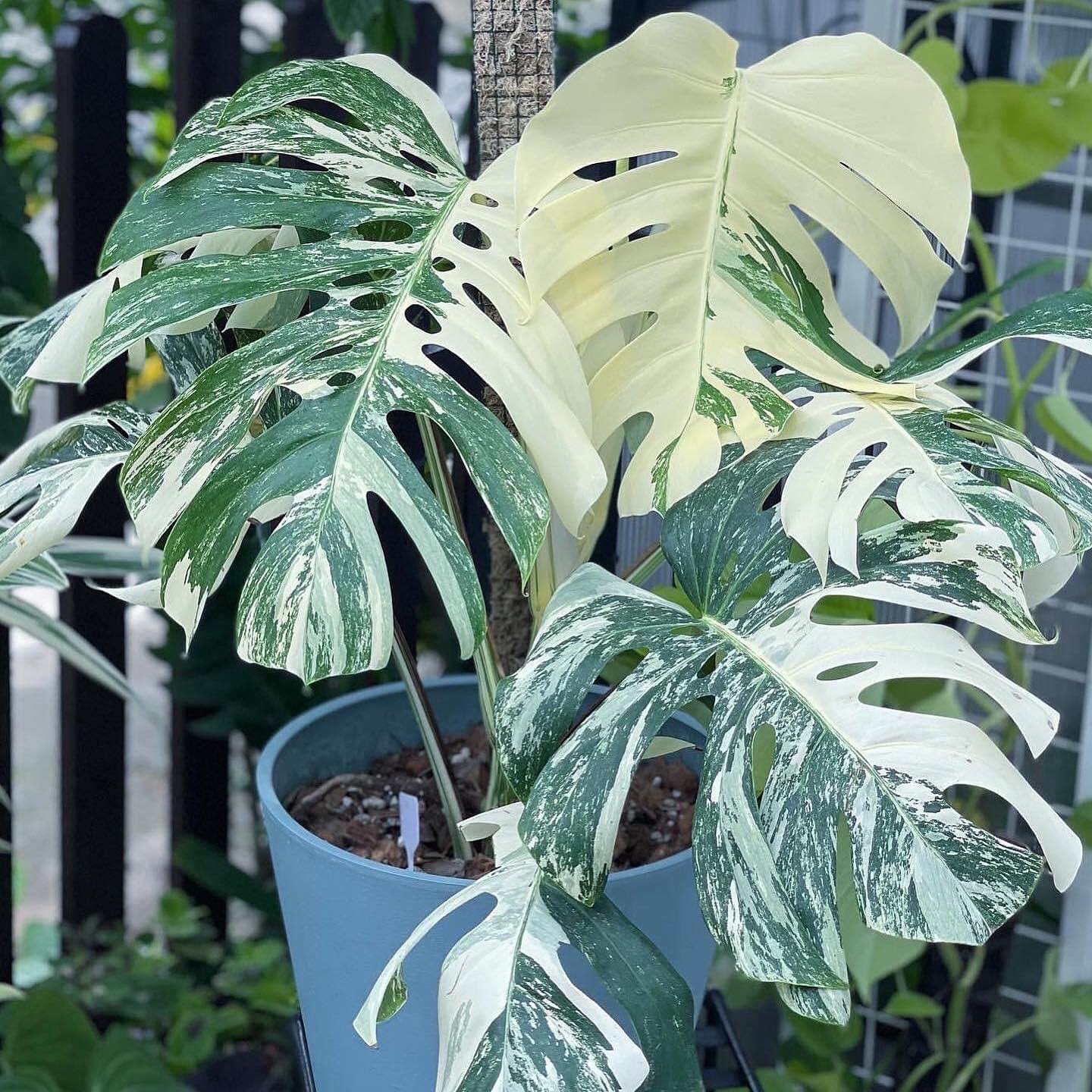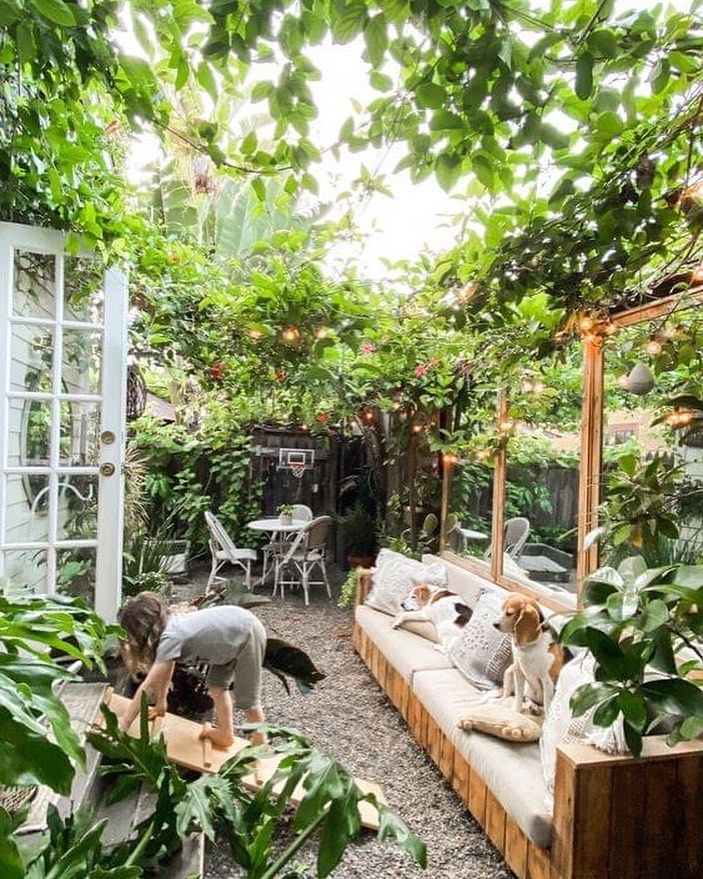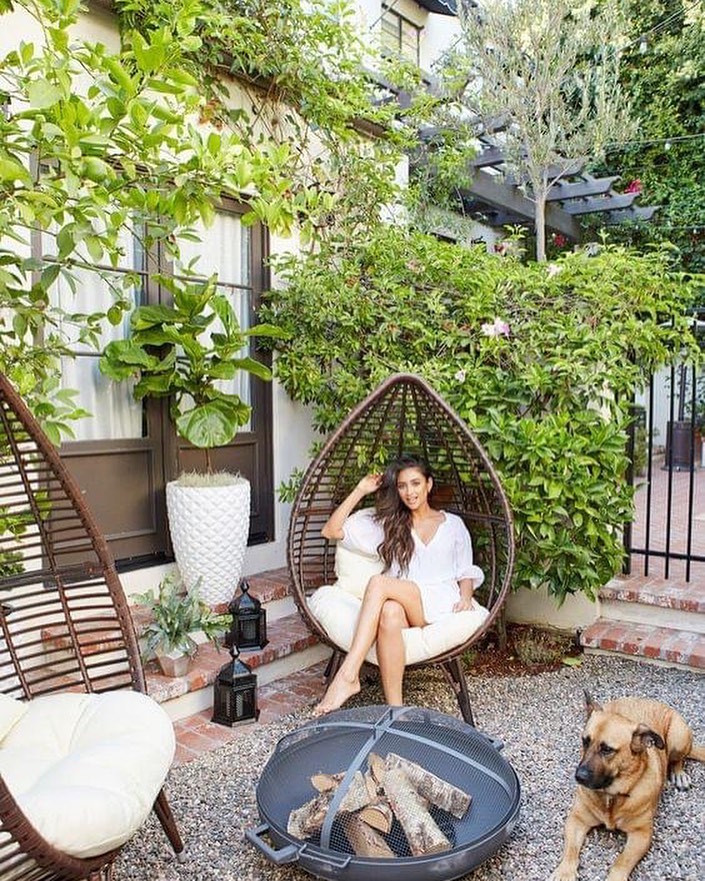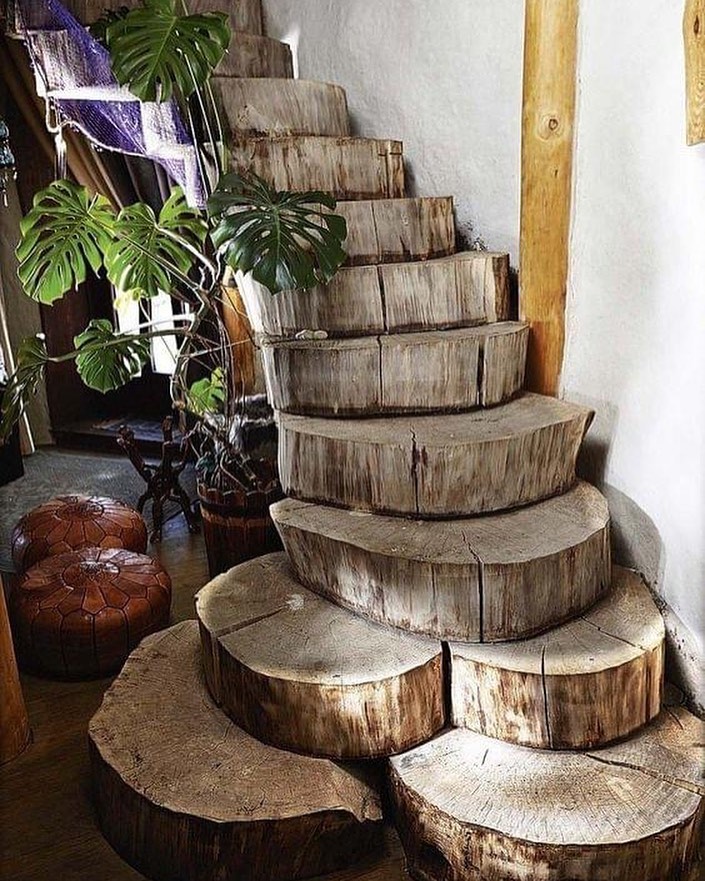Here in All about How much Light does monstera need? And how to maintain it. Monsteras are a common sight on the ground in tropical jungles. In low-light environments, their big leaves can still absorb Light, but they need more than that to thrive.
How much Light does monstera need? Therefore, strong, indirect Light is ideal for monsters as houseplants, whereas the direct sun is detrimental. Your Monstera needs bright Light for a good portion of each day, and it needs to be exposed to that Light for a long enough period of time.
How long your Monstera plant is exposed to Light is more important than how powerful the Light is. Knowing how much Light your Monstera will need will help you decide where to put it.
While our eyes aren’t always the most accurate light meters, there are simple techniques to gauge how bright an area actually is. It’s a little simpler to gauge how long the Light will last, but even that might be deceptive.
Providing the proper lighting is crucial for the growth of a beautiful, healthy monster. Understanding the symptoms that your Monstera requires more Light to thrive is essential.
Place your Monstera near a bright window where the sun’s rays won’t directly hit the plant’s leaves. Planting a monstera in the southeast or east-facing window is ideal.
The Light coming in through north-facing windows may not be ideal, but it’s better than nothing. Also, the midday sun can get rather warm, especially if your window faces west. This Monstera will let you know if it isn’t getting enough Light. The following symptoms will indicate that your monstera plant requires more sunlight.
Suggested Reading
Strong, oblique illumination
The strength of the Light your Monstera is getting at a given location can be evaluated in several ways: Measure the Light with a Meter. These helpful gadgets will eliminate the need for manual labor.
Photographers frequently employ light meters, which are instruments for gauging ambient light levels. As a rule, they use foot candles to measure how bright something is.
How much Light does monstera need? The University of Florida reports that a reading of 25 to 100-foot candles indicates dim lighting, 100 to 500-foot candles suggest medium lighting, and 500 to 1000-foot candles indicate bright lighting.
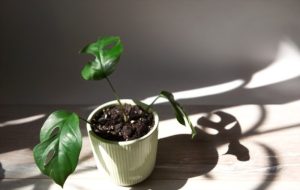
Direct sunlight has a brightness of over a thousand footcandles. Monsteras do best with an intensity of Light of between 100 and 500-foot candles, while some species may do well with less or more.
The Shadow Method This technique is simple, quick, and needs nothing more than your bare hands. Put your hand, fingers spread, between the Monstera plant and the light source at a distance of about 12 inches. See how your hand makes a shadow.
Your Monstera plant will survive in the area if the shadow is white with fuzzy edges, indicating that it receives medium Light. Your Monstera needs less Light if the shadows cast by its leaves are thin and blurry.
Furthermore, if your Monstera plant’s shadow is very thin or nonexistent, it may not be getting enough Light. Find a spot where the shadow is Light in color and has blurred or rounded edges.
Positioning windows with care
The amount of Light, your Monstera, can be roughly calculated using the direction your windows face as a reference. However, keep in mind that the strength of the sunlight varies with the passage of time.
Light coming in through your windows will be dimmer in the fall and winter since the sun will be lower in the sky. Windows facing north. Natural, indirect lighting is provided via northern windows. Low- and medium-light-loving plants tend to do best in these environments.
If you want your Monstera plant to thrive in the Light from a northern window, you should probably put it in a spot where it will get lots of direct sunlight. Openings facing east.
The morning sun streaming in through an eastern window is strong but not harsh enough to damage your Monstera or scorch the foliage of your plants. Your Monstera plant will thrive in the indirect light from an eastern window and the morning sun.
Glazed openings are facing south. Natural Light pours in through the south-facing windows throughout the better part of the day. Unless trees or other structures provide shade, the sunlight near the window is probably too strong for your Monstera plant.
But your Monstera plant will flourish if you move it away from the window a few feet and give it some sort of shelter (like sheer curtains) from the direct sunlight. Glazed openings are facing west. In the afternoon, especially during the summer, the sun may be very harsh on windows facing west.
While a Monstera placed across the room from a western window may receive excellent lighting, putting your plant so close to the window is a recipe for disaster. Place your Monstera plant away from the western window’s direct Light or cover it with sheer drapes to soften the sun’s rays.
Suggested Reading
Conclusion
Monsteras require 5 to 6 hours of indirect Light every day to maintain survival, although this may be too much for optimal growth.
How much Light does monstera need? Most Monsteras, though, do best with 8 to 10 hours of sunlight every day, so that’s what you should aim for. However, remember that the brightness of the Light is just as crucial as its length of exposure.
It’s also a good idea to check up on the progress of the plant you care for. A Monstera plant, for instance, might not thrive if it were to spend 8-10 hours per day in dim Light instead of the 4-6 hours per day it spends in bright, filtered Light.
To see if your Monstera is getting enough Light, just look at how well it’s doing in your home. Sunburnt Monstera leaves are a telltale sign that your plant is being subjected to too much sunlight.
Sunscald or other environmental factors may cause the leaves to turn a sickly white or discolor and wilt. Overexposure to sunlight can also cause your Monstera’s leaves to become brown and yellow.

